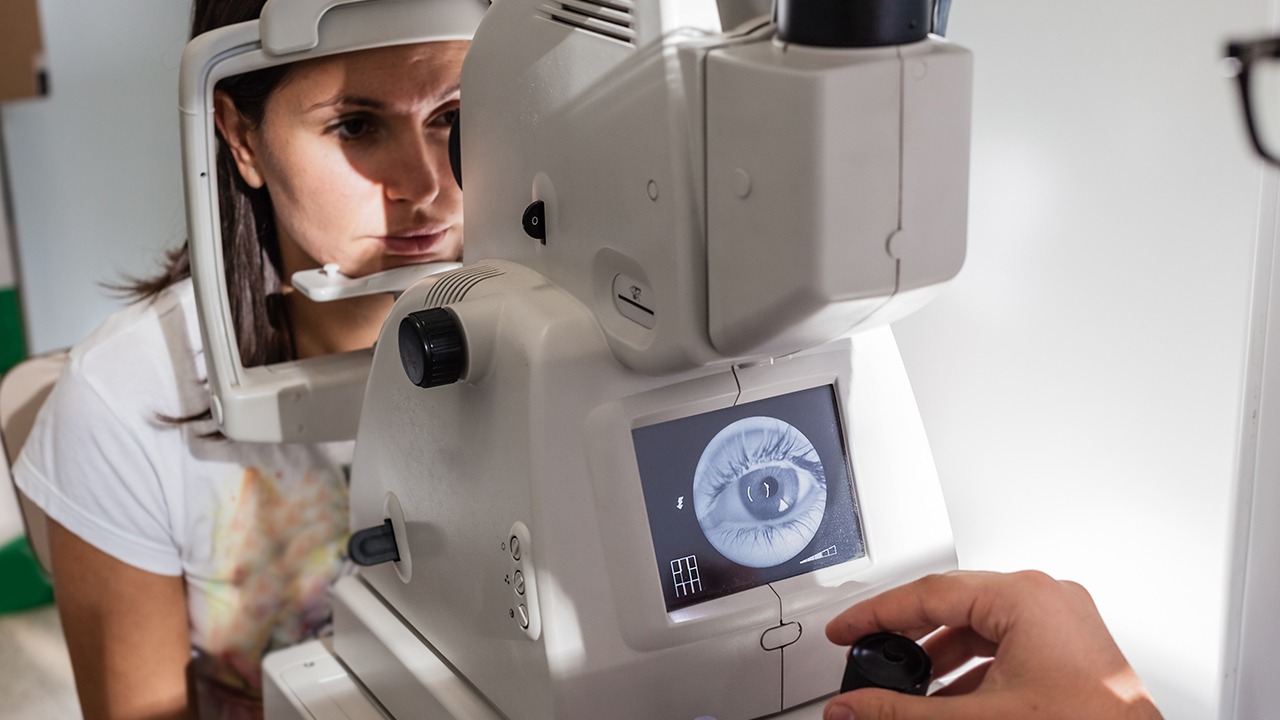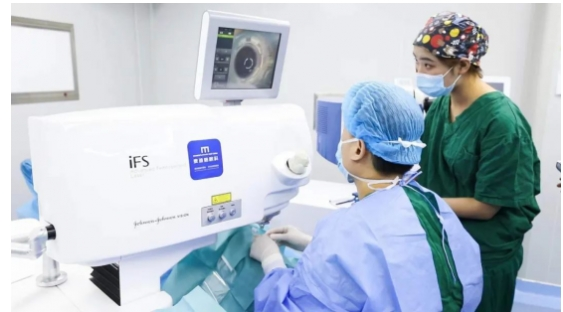Thyroid Cancer Elasticity Scoring Criteria

Thyroid Cancer Elasticity Scoring Criteria
Thyroid cancer is the most common endocrine malignancy, with an increasing incidence worldwide. The majority of thyroid cancers are differentiated thyroid carcinomas (DTCs), which are characterized by their indolent behavior and excellent prognosis. However, a small percentage of DTCs have the potential to progress to more aggressive and metastatic disease.
Ultrasound (US) is the primary imaging modality for the evaluation of thyroid nodules. Elastography is a US technique that can assess tissue stiffness, which is a surrogate marker for tissue fibrosis and malignancy. Thyroid cancer elasticity scoring criteria have been developed to standardize the interpretation of elastography images and to improve the accuracy of thyroid cancer diagnosis.
Sonoelastography
Sonoelastography is a real-time elastography technique that uses acoustic radiation force to induce tissue deformation. The amount of tissue deformation is inversely proportional to tissue stiffness. Sonoelastography images are typically displayed in a color-coded map, with blue areas representing soft tissue and red areas representing stiff tissue.
Thyroid Cancer Elasticity Scoring Criteria
Several thyroid cancer elasticity scoring criteria have been proposed. The most commonly used criteria are the Thyroid Imaging Reporting and Data System (TI-RADS) criteria and the American College of Radiology (ACR) Thyroid Imaging Reporting and Data System (ACR TI-RADS) criteria.
TI-RADS Criteria
The TI-RADS criteria are a set of standardized reporting criteria for thyroid US. The criteria include a six-point elasticity score, which is based on the following features:
Elasticity score 1: Uniformly soft tissue
Elasticity score 2: Mostly soft tissue with a few small stiff areas
Elasticity score 3: Mostly soft tissue with a few larger stiff areas
Elasticity score 4: Mostly stiff tissue with a few small soft areas
Elasticity score 5: Mostly stiff tissue with a few larger soft areas
Elasticity score 6: Uniformly stiff tissue
ACR TI-RADS Criteria
The ACR TI-RADS criteria are a modified version of the TI-RADS criteria. The ACR TI-RADS criteria include a five-point elasticity score, which is based on the following features:
Elasticity score 1: Uniformly soft tissue
Elasticity score 2: Mostly soft tissue with a few small stiff areas
Elasticity score 3: Mostly soft tissue with a few larger stiff areas
Elasticity score 4: Mostly stiff tissue with a few small soft areas
Elasticity score 5: Uniformly stiff tissue
Clinical Application of Thyroid Cancer Elasticity Scoring Criteria
Thyroid cancer elasticity scoring criteria have been shown to improve the accuracy of thyroid cancer diagnosis. In a study of 1,000 patients with thyroid nodules, the use of the TI-RADS elasticity score improved the sensitivity of thyroid cancer detection from 75% to 85%.
Thyroid cancer elasticity scoring criteria can also be used to assess the risk of malignancy in thyroid nodules. In a study of 500 patients with thyroid nodules, the use of the ACR TI-RADS elasticity score was able to identify malignant nodules with a sensitivity of 90% and a specificity of 80%.
Conclusion
Thyroid cancer elasticity scoring criteria are a valuable tool for the evaluation of thyroid nodules. The criteria can improve the accuracy of thyroid cancer diagnosis and can help to assess the risk of malignancy in thyroid nodules.
The above is all the content that the editor wants to share with you. I sincerely hope that these contents can bring some help to your life and health, and I also wish that your life will be happier and happier.
Topic: #cancer #thyroid #elasticity










